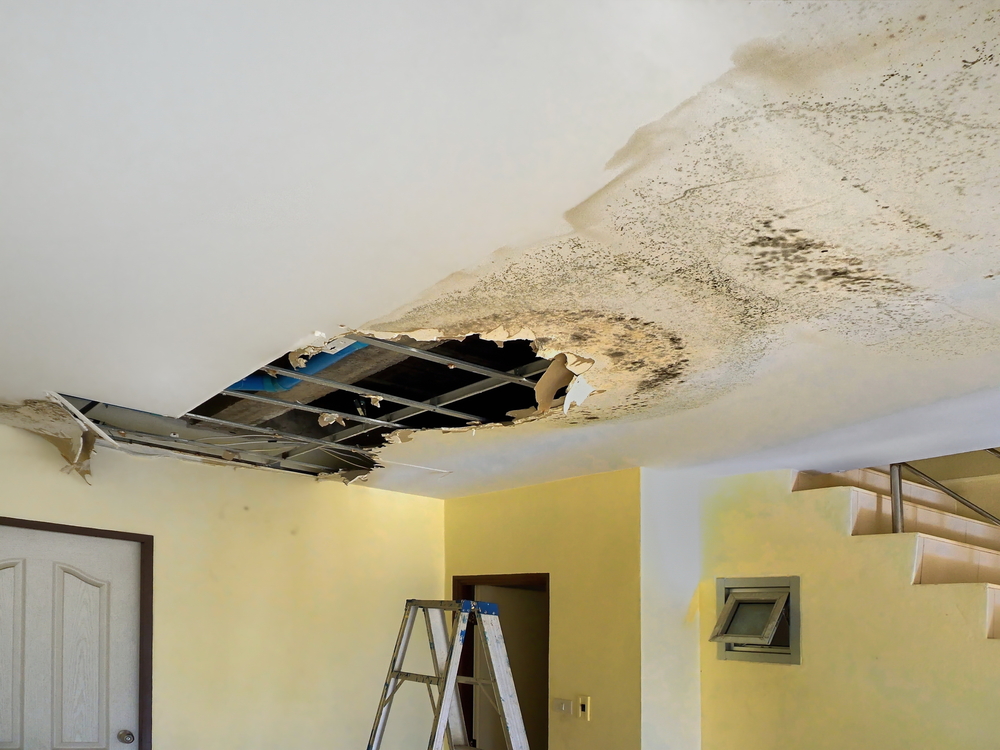How to Examine If Your Residence Has a Concealed Leak
How to Examine If Your Residence Has a Concealed Leak
Blog Article
What are your opinions with regards to Leaking water lines?

Early detection of dripping water lines can mitigate a prospective disaster. In addition to saving you money, it will reduce the stress as well as irritation. The moment you locate a leakage, calling your plumber for repairs is the best remedy. Nevertheless, some little water leaks might not show up. Right here are some hacks that assist if you can not spot it with your naked eyes.
1. Check Out the Water Meter
Inspecting it is a surefire means that aids you find leakages. If it moves, that shows a fast-moving leakage. This implies you might have a slow-moving leak that can even be below ground.
2. Check Water Intake
If you spot unexpected changes, in spite of your consumption being the same, it suggests that you have leakages in your plumbing system. An unexpected spike in your expense indicates a fast-moving leak.
A stable rise every month, also with the exact same habits, reveals you have a slow leakage that's also gradually escalating. Call a plumber to extensively check your property, especially if you really feel a cozy area on your floor with piping underneath.
3. Do a Food Coloring Test
30% comes from commodes when it comes to water intake. Examination to see if they are running appropriately. Decline specks of food color in the tank as well as wait 10 mins. There's a leakage between the container and bowl if the shade in some way infiltrates your dish during that time without flushing.
4. Asses Outside Lines
Do not fail to remember to inspect your exterior water lines also. Examination spigots by affixing a garden hose. Needs to water leak out of the connection, you have a loose rubber gasket. Change this and also guarantee all connections are tight. It will certainly assist get it skillfully analyzed and also preserved every year if you've got a lawn sprinkler system. One tiny leak can squander tons of water and also surge your water costs.
5. Examine and Examine the Scenario
Property owners must make it a habit to check under the sink counters and also also inside cupboards for any kind of bad odor or mold and mildew development. These 2 warnings suggest a leak so timely attention is needed. Doing regular inspections, also bi-annually, can conserve you from a major issue.
Much more importantly, if you recognize your house is already old, maintain a watchful eye on your heaters, pipes, pipelines etc. Look for stainings and compromising as most devices and also pipes have a life span. They will certainly also naturally weaken because of wear and tear. Do not wait for it to escalate if you presume leaking water lines in your plumbing system. Call a professional plumber right away so you don't end up with an awful mess in your home.
Early discovery of dripping water lines can reduce a prospective catastrophe. Some tiny water leaks might not be visible. Checking it is a guaranteed method that assists you find leakages. One little leakage can waste lots of water as well as spike your water expense.
If you believe leaking water lines in your plumbing system, do not wait for it to rise.
WARNING SIGNS OF WATER LEAKAGE BEHIND THE WALL
PERSISTENT MUSTY ODORS
As water slowly drips from a leaky pipe inside the wall, flooring and sheetrock stay damp and develop an odor similar to wet cardboard. It generates a musty smell that can help you find hidden leaks.
MOLD IN UNUSUAL AREAS
Mold usually grows in wet areas like kitchens, baths and laundry rooms. If you spot the stuff on walls or baseboards in other rooms of the house, it’s a good indicator of undetected water leaks.
STAINS THAT GROW
When mold thrives around a leaky pipe, it sometimes takes hold on the inside surface of the affected wall. A growing stain on otherwise clean sheetrock is often your sign of a hidden plumbing problem.
PEELING OR BUBBLING WALLPAPER / PAINT
This clue is easy to miss in rooms that don’t get much use. When you see wallpaper separating along seams or paint bubbling or flaking off the wall, blame sheetrock that stays wet because of an undetected leak.
BUCKLED CEILINGS AND STAINED FLOORS
If ceilings or floors in bathrooms, kitchens or laundry areas develop structural problems, don’t rule out constant damp inside the walls. Wet sheetrock can affect adjacent framing, flooring and ceilings.
https://www.servicemasterbyzaba.com/blog/how-to-detect-water-leakage-in-walls/

We had been shown that write-up on Top leak detection hacks from an acquaintance on another website. Loved our entry? Please share it. Help another person check it out. Thank you for your time invested reading it.
Report this page